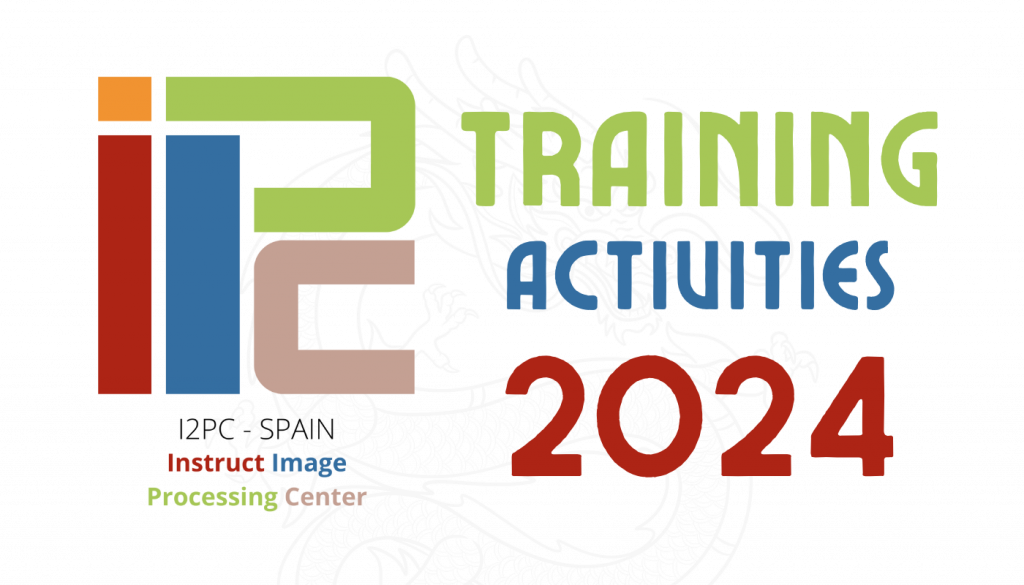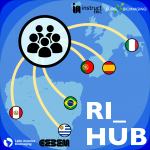
The Instruct i2PC from Instruct Spain is organizing the fifth edition of a seminar series on cryoEM and cryoET methods for image processing. We will be gathering expert developers and users so new and existing methods can gain visibility and users can understand the applications and mechanisms of the presented algorithms.
The webinars will be held online without registration, and they are free. You can join the session and launch questions to the speakers through next link:
https://conectaha.csic.es/b/bla-rkh-dqa-rpn
The contents and speakers will be:
3rd October (10:00 CET Madrid) – Szu-Chi Chung, Department of Applied Mathematics, National Sun Yat-sen University, No. 70, Lienhai Rd, Kaohsiung, Taiwan – Cryo-forum: A processing framework for orientation information recovery with uncertainty measure and its application in cryo-EM image analysis.
2nd December (11:00 CET Madrid) – Andreas Engel, Case Western Reserver University, Switzerland – Robotic grid preparation of vitrified biomolecules from nano litre volumes.
16th December (15:00 CET Madrid) – Joey Davis, Department of Biology, Massachusetts Institute of Technology, Cambridge, MA, USA – Learning structural heterogeneity from cryo-electron sub-tomograms with tomoDRGN.
More speakers and talks are still to be determined for this seminar series. Please stay tuned for more information.
See you there!











